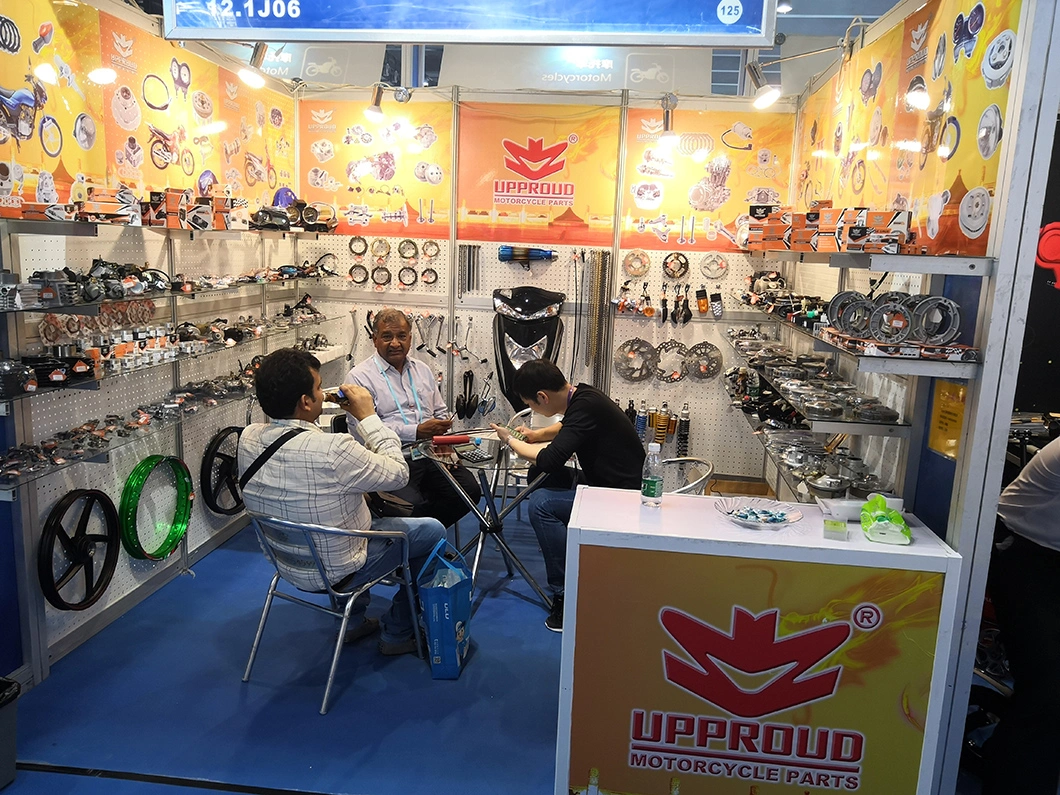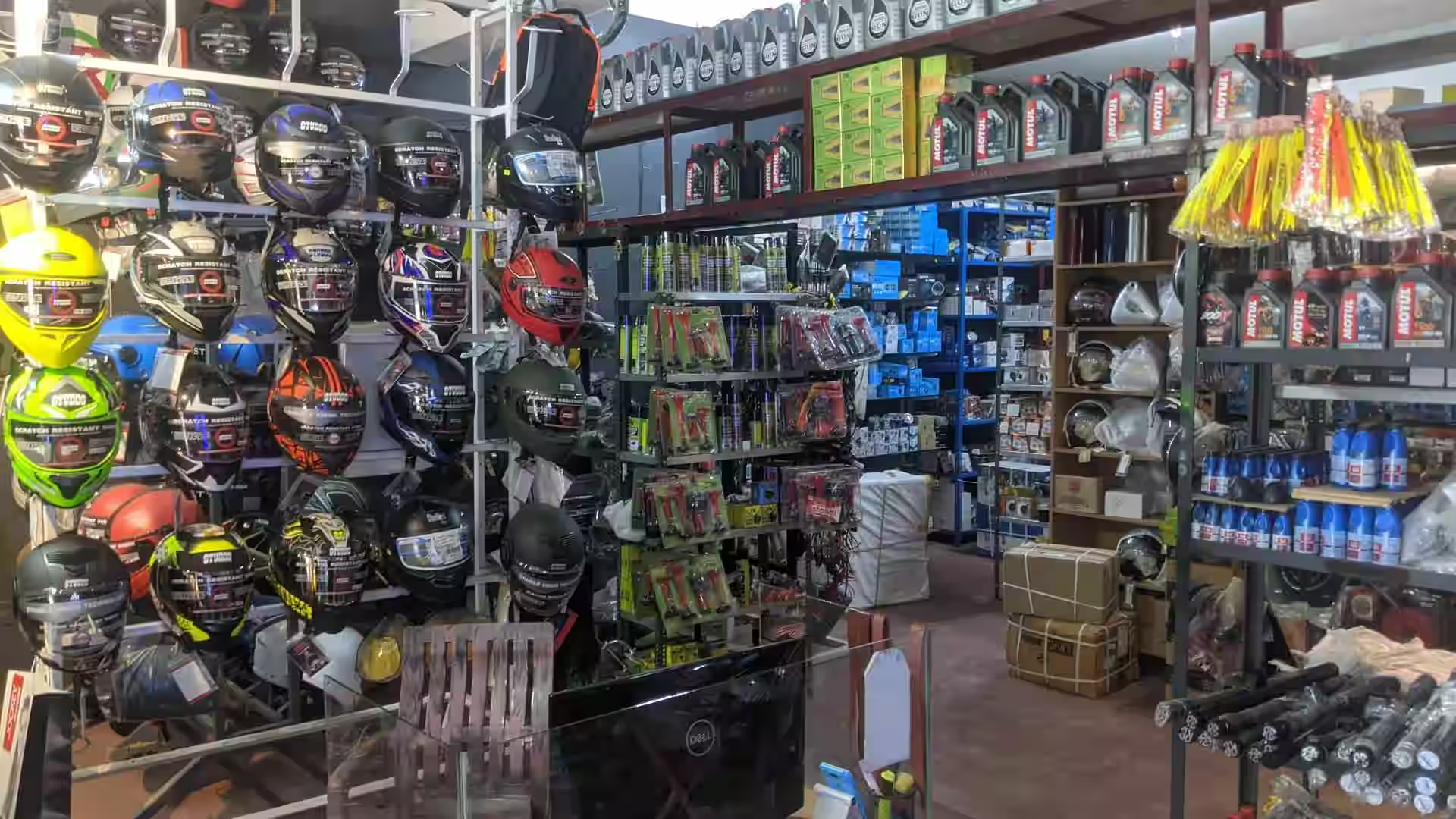Discover Affordable Costs on Motocross Parts NZ for every single Bike
Discover Affordable Costs on Motocross Parts NZ for every single Bike
Blog Article
Comprehending the Vital Parts of a Motorcycle: A Comprehensive Overview for Lovers
For motorcycle enthusiasts seeking to raise their riding experience and guarantee their bikes run efficiently, understanding the necessary components of a motorbike is extremely important. Each element, from the engine's complex functions to the important role of the stopping mechanisms, not only influences performance however additionally security and comfort. This overview will walk with the essential parts that every biker ought to be familiar with, allowing informed options in both upkeep and prospective upgrades. As we begin this exploration, one must ask: exactly how does each part communicate to create the seamless experience every lover looks for?
Engine Components

The camshaft plays a vital duty in controlling the timing of the engine's shutoffs, ensuring the accurate opening and closing required for reliable gas and air intake, in addition to exhaust expulsion. This timing is critical to preserving ideal engine efficiency and effectiveness. In addition, the carburetor or fuel shot system, relying on the bike design, is accountable for mixing air with gas in the correct ratio for burning.
The cooling system, either air or liquid-based, works to maintain the engine's temperature within operational restrictions, preventing getting too hot and making sure longevity - motocross gear. Each part, thoroughly designed and incorporated, adds to the smooth procedure of the engine, defining the motorcycle's power output and total efficiency
Transmission System
Indispensable to the motorbike's performance, the transmission system makes certain efficient power transfer from the engine to the wheels. This system makes up several essential parts, consisting of the clutch, transmission, and last drive, each playing an essential function in translating the engine's power right into motion. The clutch, generally run by a hand lever, offers to engage and disengage the engine from the transmission, permitting smooth equipment changes and regulated velocity.
The gearbox, often described as the transmission correct, has a collection of gears that motorcyclists can manually shift via to adjust the bike's speed and torque result. These gears are set up in a series that makes it possible for the motorcycle to increase efficiently and keep optimal engine efficiency across different speeds. The majority of motorbikes utilize a consecutive transmission, needing the cyclist to move equipments in a fixed order.
Braking Systems
While understanding the transmission system is vital to taking advantage of a motorbike's power, just as essential is the capacity to control and quit that power effectively, which is where braking devices enter play. Brakes are essential for security and efficiency, giving the rider with the required control to navigate different terrains and conditions. Normally, motorbikes feature two types of braking systems: disc brakes and drum brakes.
Disc brakes are a lot more widespread in modern motorbikes because of their remarkable performance. They consist of a brake disc, caliper, and pads. When triggered, the caliper presses the brake pads versus the rotating disc, converting kinetic energy into warm, consequently reducing the wheel. This system supplies far better heat dissipation, consistent performance, and improved stopping power, specifically in wet problems.
Alternatively, drum brakes, though less typical, are still discovered in some bikes. They function by pressing brake footwear against the inner surface of a drum affixed to the wheel. While normally less effective in warm dissipation and quiting power, drum brakes are easier and more cost-effective.
Comprehending these stopping systems' subtleties permits bikers to keep their motorbikes properly and appreciate the design that guarantees reliable and risk-free quiting.
Suspension and Steering
Suspension and guiding systems are essential elements that significantly affect a motorbike's handling and ride convenience. The shock absorber, being composed of forks at the front and shock absorbers at the back, soaks up road irregularities, improving security and control. Front forks, upside down or usually telescopic, compress and rebound to reduce influences, while rear shock absorbers keep tire contact with the roadway, important for traction and safety and security.
Guiding, centered around the handlebars, attaches the cyclist to the bike's directional control. The guiding head bearings make certain smooth operation, enabling precise maneuverability. Proper alignment and maintenance of these bearings are crucial for her explanation predictable guiding reaction and reducing rider fatigue.
The suspension's adjustability is another essential element; preload, damping, and rebound setups allow modification to fit numerous riding styles and conditions. This flexibility is vital for enhancing efficiency, whether navigating city roads or dealing with sturdy routes. Advancements like digital suspension systems offer real-time modifications, improving trip top quality throughout varied terrains.

Electric Systems
After making certain a regulated and smooth ride with efficient suspension and guiding systems, interest turns to the electric systems, an essential facet of contemporary motorcycles. These systems play a vital role not only in beginning the engine yet additionally in powering different components that enhance the capability and security of the motorcycle.
At the heart of a bike's electric system is the battery, which shops electric power necessary for starting the engine and powering supporting systems - motorcycle parts nz. The generator or generator, combined with the rectifier-regulator, guarantees he has a good point the battery our website stays billed while the motorbike is in operation, converting mechanical power right into electric energy and preserving voltage levels
The ignition system, one more vital part, is accountable for igniting the air-fuel mixture in the engine's cyndrical tubes. Modern motorbikes frequently make use of an electronic ignition system, offering higher efficiency and integrity compared to standard systems.
Lights systems, including fronts lights, tail lights, and indications, are additionally essential, making certain presence and safety and security for the rider. Additional digital elements such as sensors, control units, and displays add to sophisticated features like fuel shot administration, anti-lock braking systems (ABDOMINAL), and digital dashboards, better improving the riding experience.
Conclusion
A thorough comprehension of a motorcycle's necessary components, including the engine, transmission system, braking devices, suspension, guiding, and electrical systems, is important for lovers intending to maximize comfort, security, and efficiency. Mastery of these components allows for informed decisions pertaining to maintenance and upgrades, eventually boosting the riding experience. By incorporating this understanding, cyclists can ensure their motorbikes run at peak performance and reliability, consequently optimizing both enjoyment and durability of their vehicles.
For motorcycle fanatics looking to boost their riding experience and ensure their bikes run efficiently, recognizing the vital parts of a motorcycle is vital.Integral to the bike's functionality, the transmission system makes certain reliable power transfer from the engine to the wheels.While comprehending the transmission system is key to harnessing a bike's power, equally important is the capability to control and stop that power properly, which is where stopping mechanisms come into play. Typically, bikes include two kinds of braking systems: disc brakes and drum brakes.
A complete comprehension of a bike's necessary components, consisting of the engine, transmission system, braking mechanisms, suspension, guiding, and electrical systems, is important for lovers aiming to optimize efficiency, comfort, and safety.
Report this page